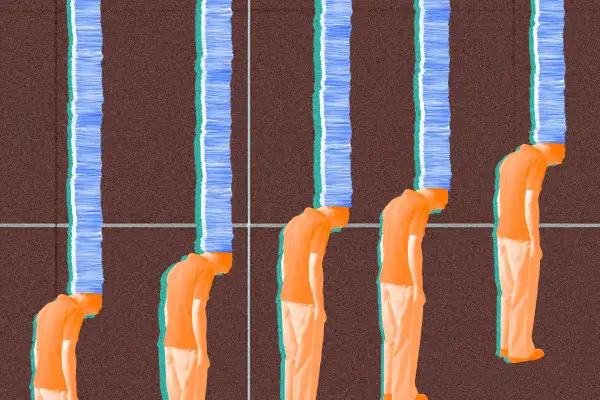Average Credit Card Debt Climbs ‘Significantly Higher’ in the Past Year

After a tumultuous year with elevated inflation and high interest rates, the average credit card holder's debt has ballooned.
The typical American's credit card balance balance shot up by 8.2% over the last year, according to a new report. What's more, over half of all card owners are carrying a balance month to month, even as inflation continues to moderate.
Credit card debt rises year over year
A new report by credit scoring company VantageScore shows that as of Dec. 2023, the average American credit card holder carries a "significantly higher" balance compared to last year. The average balance is now up to $6,400, marking an 8.2% (or roughly $500) increase over 12 months earlier. The company reports that nearly half of all borrowers carry a balance month-to-month, despite APRs of over 20%.
VantageScore also finds that the average credit utilization rate has increased by 0.7 percentage points to 31.7% in that same time. Credit utilization, which is calculated by dividing total credit balance by the credit limit across all of your cards, is a metric creditors use when calculating your credit score. A rule of thumb says that your utilization rate should stay below 30%.
It may come as no surprise that people are relying on their credit cards more. The Federal Reserve's interest rate balancing act and inflation nudged Americans into using additional credit to pay for everyday expenses. And it's not just credit cards that borrowers are struggling with: Debt stemming from auto loans, mortgages and personal loans have all inched upward year-over-year too.
The credit snapshot isn't entirely gloomy, though. The average VantageScore credit score has increased by five points over the last year, improving to 701. Late last year, the average credit score even reached its highest level ever amid low unemployment levels and the erasure of small medical debts from credit reports.
More from Money:
The IRS Is Resuming Debt Collections. Here's What to Do if You Can't Pay Your Taxes

